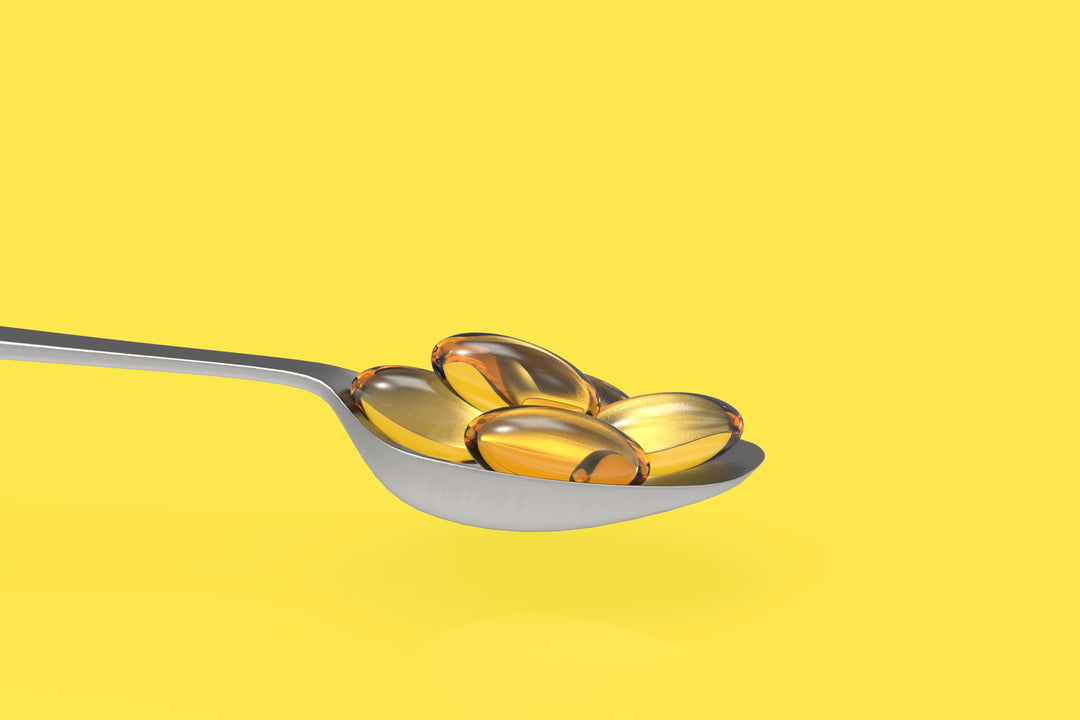What are the first signs of having gout?

Gout is a form of arthritis that occurs when there is a build-up of uric acid in the body. This build-up can lead to the formation of crystals in the joints, which can cause inflammation, swelling, and intense pain. Gout is most commonly found in the big toe, but it can also affect other joints such as the knee, ankle, and wrist.
There are several causes of gout, including genetics, diet, and certain medical conditions. One of the most significant risk factors for gout is a diet high in purines, which are substances found in many foods, particularly red meat, seafood, and alcohol. People who are overweight or obese are also at a higher risk of developing gout.
What are the main triggers of gout?
Gout is a type of arthritis that occurs when there is a build-up of uric acid in the body. This build-up can lead to the formation of crystals in the joints, which can cause inflammation, swelling, and intense pain. There are several triggers of gout, including:
-
Diet: One of the main triggers of gout is a diet high in purines, which are substances found in many foods, particularly red meat, seafood, and alcohol. Consuming a lot of these foods can increase the level of uric acid in the body, leading to gout.
-
Obesity: Obesity is another major trigger of gout. Being overweight or obese can increase the risk of gout, as it can lead to an increase in the production of uric acid and a decrease in the excretion of uric acid.
-
Medications: Some medications such as diuretics, low-dose aspirin, and niacin (vitamin B3) can also trigger gout, as they can affect the level of uric acid in the body.
-
Genetics: Genetics also play a role in gout. People with a family history of gout are at a higher risk of developing the condition.
-
Medical conditions: Certain medical conditions such as high blood pressure, diabetes, and kidney disease can also trigger gout.
-
Dehydration: Dehydration can also be a trigger of gout, as it can cause the concentration of uric acid in the blood to increase.
-
Trauma: Trauma or injury to a joint can also cause gout.
It's important to note that not everyone will experience gout attacks after one of these triggers, and some people may have multiple triggers at the same time.
What are the symptoms of gout?
Symptoms of gout include sudden and severe pain in the joint, redness and swelling, and warmth and stiffness in the affected area. The pain is usually at its worst during the first 12 to 24 hours, and it may last for several days. Gout attacks can occur suddenly and without warning, and they can be very debilitating.
To manage gout, it is important to maintain a healthy diet and exercise regularly. A diet low in purines and high in fruits and vegetables can help to reduce the risk of gout. Also, maintaining a healthy weight and avoiding alcohol can also reduce the risk of gout. Medications such as colchicine and nonsteroidal anti-inflammatory drugs (NSAIDs) can also be used to reduce inflammation and pain during a gout attack.
Recently, research has shown that Montmorency cherries and anthocyanins may also be beneficial for gout. Montmorency cherries are a type of tart cherry that contain high levels of anthocyanins, which are powerful antioxidants. These antioxidants can help to reduce inflammation and pain in the joints, making them a natural remedy for gout.
One study found that consuming Montmorency cherries can reduce the risk of gout attacks by 35%. Another study found that consuming a cherry extract supplement reduced the number of gout attacks by 45% over a two-month period. These studies suggest that consuming Montmorency cherries or cherry extract supplements may be a safe and effective way to reduce the risk of gout attacks.
What are the first signs of having gout?
The first signs of gout can vary from person to person, but there are some common symptoms that are typically associated with this condition. These include:
-
Sudden, severe pain in the joint: One of the most common early symptoms of gout is a sudden, severe pain in the joint. This pain is usually at its worst during the first 12 to 24 hours and can be so intense that it can cause difficulty walking or even standing.
-
Redness and swelling: Another early symptom of gout is redness and swelling in the affected joint. This is caused by the accumulation of uric acid crystals, which can cause inflammation and swelling.
-
Warmth and stiffness in the joint: Gout can also cause warmth and stiffness in the affected joint, which can make it difficult to move.
-
Tenderness and sensitivity to touch: The joint may become very tender and sensitive to touch, which can make it difficult to move or even wear shoes.
-
Limited range of motion: Gout can also cause limited range of motion in the joint, which can make it difficult to perform everyday activities.
It's important to note that these symptoms can be similar to other conditions such as osteoarthritis, rheumatoid arthritis and other types of inflammatory arthritis. A proper diagnosis can only be made by a healthcare professional after a physical examination, and possibly some lab tests.
It's worth mentioning that, not all people with gout will have the same symptoms, and in some cases, gout can be silent, meaning that people may have elevated uric acid levels but no signs or symptoms of gout.
If you are experiencing any of these symptoms, it is important to seek medical attention to rule out gout or any other underlying conditions. Your healthcare provider may run some tests such as blood test to measure uric acid levels and joint fluid analysis to diagnose gout.















